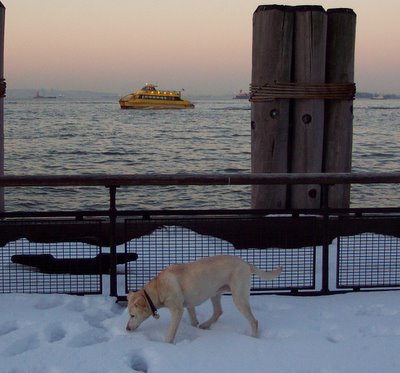Divided we fall
We choose to go to the moon. We choose to go to the moon in this decade and do the other things, not because they are easy, but because they are hard, because that goal will serve to organize and measure the best of our energies and skills, because that challenge is one that we are willing to accept, one we are unwilling to postpone, and one which we intend to win.
–John F. Kennedy, September 12, 1962
Less than 7 years after President Kennedy spoke the above words, the United States, buoyed by the herculean efforts of thousands, sent Neil Armstrong and Edwin “Buzz” Aldrin to the surface of the moon.
America at its best has always been about its citizens working together to achieve something great, something that would both serve as a testament to their time on earth and endure for the benefit of future generations. This ethos extends all the way back to the work of our founding fathers; it drove the Union’s victory in the Civil War, and the achievements of organized labor, women’s suffrage and civil rights groups.
Walking the streets of Lower Manhattan, one beholds the baroque wonders of its 19th- and early 20th-century architecture, residing in cramped quarters alongside sleek, modern skyscrapers. These intricately designed structures were not only built to last; they were built to impress, to announce to all who should see them, look, see what we in our time have created for you in yours.
The Greatest Generation knew this ethos implicitly. During World War II—long before the cult of celebrity was to make icons of pampered, half-cocked mega-millionaires completely detached from the realities of ordinary Americans—matinee idols Jimmy Stewart and Clark Gable joined the ranks of hundreds of thousands of citizen soldiers, flying combat missions with the 8th Army Air Force out of England. Baseball great Yogi Berra served on a rocket-launcher boat during the Normandy invasion. Director Frank Capra produced the “Why We Fight” series of films for the War Department. Bandleader Glenn Miller, overseas to entertain the troops, was killed in a plane crash on the coast of France.
Some initially opposed to the war fell in line after the Japanese attack on Pearl Harbor, contributing their special talents to the cause. Pioneer aviator Charles Lindbergh, a onetime outspoken opponent of FDR and member of America First, the antiwar group, advised on the design of military aircraft and flew sorties with the 475th Fighter Group in the Pacific campaign.
Even the press kicked in. Edward R. Murrow, the darling of today’s left, became a household name with his radio dispatches from London during the Battle of Britain. Cranky “60 Minutes” correspondent Andy Rooney reported for Stars and Stripes magazine. Newspaper editors around the country understood that, for the duration of the war, self-censorship would at times be necessary to maintain morale on the home front.
This week, Iraq teeters on the brink of civil war following the bombing of the Askariya shrine in Samarra, likely the work of al Qaeda.
If we fail in Iraq, it won’t be because of sectarian violence stirred up by Islamic fundamentalists. It won’t be because of low morale among our men and women in uniform, as highly motivated now as they were in the days and weeks after 9/11. And as much as the left might think otherwise, it won’t be because of the “inadequate planning” and “foolish idealism” of the “neocon” Bush administration.
If we fail in Iraq, it will be because we, as Americans, have forgotten the ethos that made our country second to none. If we fail in Iraq, what a tragedy it will be for future generations.






